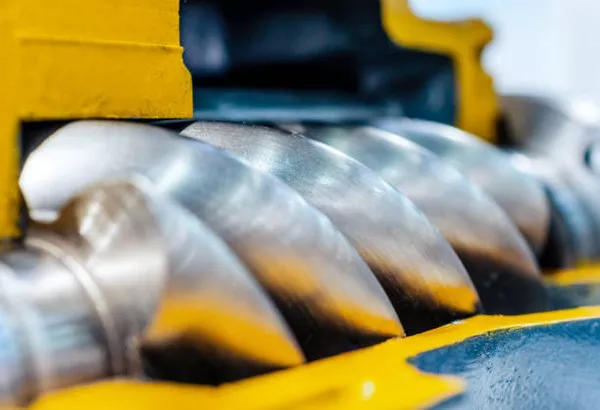In the realm of refrigeration and air conditioning systems, the hermetic compressor stands as a crucial component that plays a pivotal role in maintaining optimal temperatures. A hermetic compressor, also known as a sealed compressor, is a device designed for the compression and transportation of refrigerant gases within a closed system. This article aims to provide a comprehensive overview of hermetic compressors, delving into their construction, working principles, applications, advantages, and challenges.
Construction and Components
Hermetic compressors are characterized by their unique sealed design, which encapsulates all the essential components within a welded or brazed shell. This sealed structure prevents the ingress of external contaminants and ensures the efficient functioning of the compressor. The primary components of a hermetic compressor include the motor, compressor, and sometimes an integrated oil system.
Motor: At the core of a hermetic compressor lies an electric motor that drives the compression process. The motor is typically a sealed unit, preventing any contact with the external environment. It is designed to provide the necessary power to drive the compressor and maintain a consistent flow of refrigerant.
Compressor: The compressor itself is a critical element responsible for raising the pressure of the refrigerant gas. In a hermetic compressor, this component is housed within the sealed shell, preventing any leaks or contamination. The compression process involves the intake of low-pressure refrigerant vapor, followed by its compression and discharge as a high-pressure, high-temperature gas.
Oil System (optional): Some hermetic compressors incorporate an integrated oil system to lubricate moving parts and enhance overall efficiency. The oil circulates within the compressor, ensuring smooth operation and minimizing wear and tear on internal components.
Working Principles
Hermetic compressors operate based on the fundamental principles of thermodynamics and fluid dynamics. The refrigeration cycle, which includes compression, condensation, expansion, and evaporation, is at the core of their functionality.
The process begins with the low-pressure, low-temperature refrigerant vapor entering the hermetic compressor. The electric motor drives the compressor, initiating the compression cycle. As the refrigerant is compressed, its temperature and pressure rise significantly. The high-pressure, high-temperature gas is then discharged from the compressor and routed to the condenser for heat dissipation.
Following condensation, the refrigerant transforms into a high-pressure liquid and enters the expansion valve, where it undergoes a sudden drop in pressure. This causes the refrigerant to cool rapidly, turning it back into a low-pressure, low-temperature vapor. The cycle repeats as the vapor re-enters the hermetic compressor to restart the compression process.
Applications
Hermetic compressors find widespread use in various applications, owing to their compact design, efficiency, and reliability. Some notable applications include:
Refrigeration Systems: Hermetic compressors are commonly employed in domestic refrigerators, freezers, and air conditioning units. Their sealed design ensures a clean and controlled environment, making them ideal for household appliances.
Automotive Air Conditioning: Many automobile air conditioning systems utilize hermetic compressors due to their efficiency and space-saving characteristics.
Commercial Refrigeration: In commercial settings such as supermarkets, restaurants, and industrial refrigeration units, hermetic compressors play a vital role in maintaining temperature control for perishable goods.
Advantages
Compact Design: The sealed structure of hermetic compressors allows for a compact and lightweight design, making them suitable for applications with space constraints.
Reduced Maintenance: The sealed design minimizes the risk of external contamination and reduces the need for regular maintenance. This leads to increased reliability and longevity.
Energy Efficiency: Hermetic compressors are known for their energy efficiency, contributing to lower power consumption and operating costs in various applications.
Challenges
While hermetic compressors offer numerous advantages, they are not without challenges. Some common issues include:
Limited Repairability: The sealed design makes it challenging to repair or replace individual components within the hermetic compressor. In case of a failure, it often requires complete unit replacement.
Heat Dissipation: The compact design may lead to challenges in dissipating heat generated during the compression process. Proper ventilation and cooling mechanisms are essential to address this issue.
Application Limitations: Hermetic compressors may not be suitable for high-capacity or industrial applications due to their size limitations and potential overheating concerns.
Conclusion
In conclusion, hermetic compressors stand as integral components in refrigeration and air conditioning systems, offering a combination of efficiency, reliability, and compactness. Understanding their construction, working principles, applications, advantages, and challenges provides valuable insights into the intricacies of these sealed compressors. As technology continues to advance, hermetic compressors are likely to evolve, addressing current challenges and expanding their application in diverse fields.

